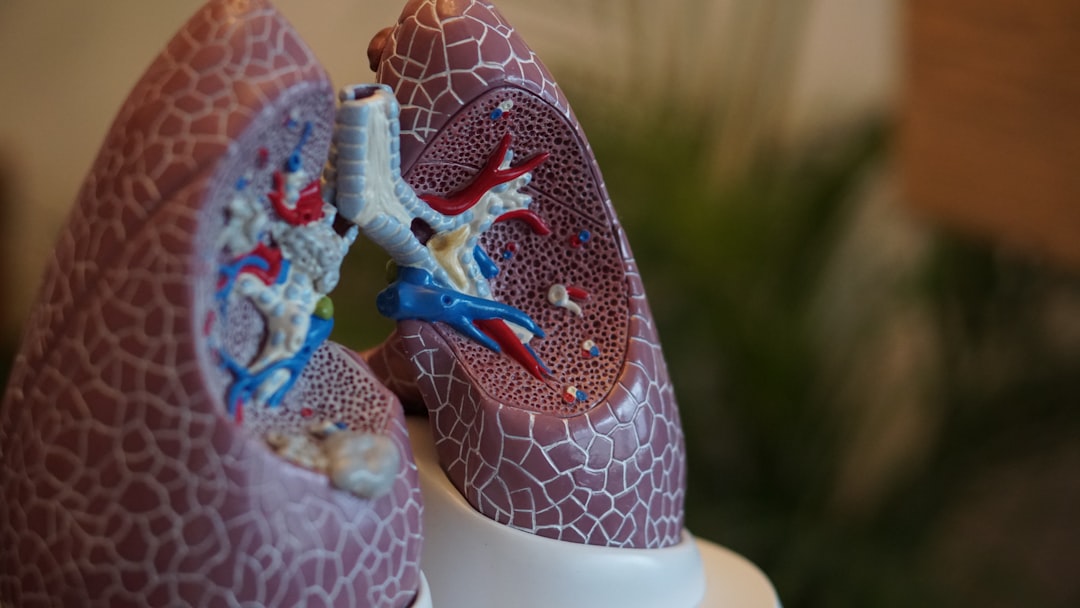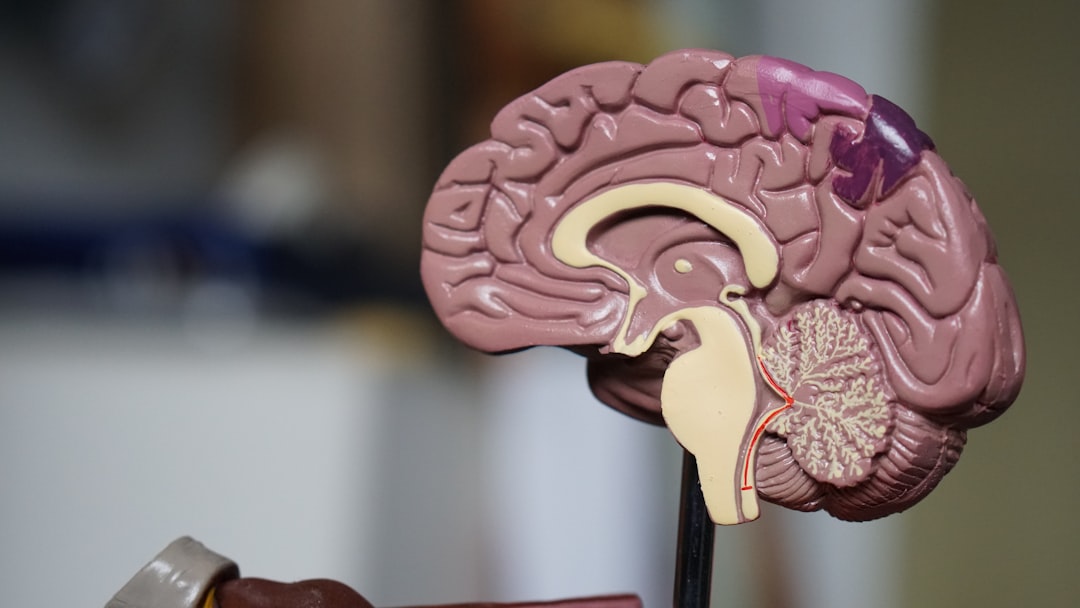Featured Image
Perspectives
In Australia there has been evidence that subsidization of private health insurance has increased inequity in dental visiting . Policy proposals to increase subsidies of dental insurance (universal provision /social insurance) have been debated and it has been argued that increased subsidy will just result in more dental use by the already well serviced groups (higher socioeconomic groups), further increasing inequalities in visiting. This study indicates that it is the lower socioeconomic groups that appear to have the most response to dental insurance. While the level of cover was not observed to have a substantial effect on dental visiting, for the lowest household income group, all levels of insurance were associated with improved access to dental care, with the largest insurance effects. fro the highest income group, insurance effects were relatively smaller and not significant for all levels of insurance. Possibly the increased inequity in dental visiting associated with private health insurance reforms is more a function of the fact that the access to subsidies (introduced in the late 1990's) were not universally taken up, they were more likely to be taken up by higher income households. The results of this study can be viewed as supporting the arguments that universally provided social insurance may improve dental visiting by lower socioeconomic groups but have less impact on the visiting patterns of higher socioeconomic groups.
Ms Dana Nicole Teusner
University of Adelaide
Read the Original
This page is a summary of: Associations between level of private dental insurance cover and favourable dental visiting by household income, Australian Dental Journal, November 2015, Wiley,
DOI: 10.1111/adj.12268.
You can read the full text:
Contributors
The following have contributed to this page










